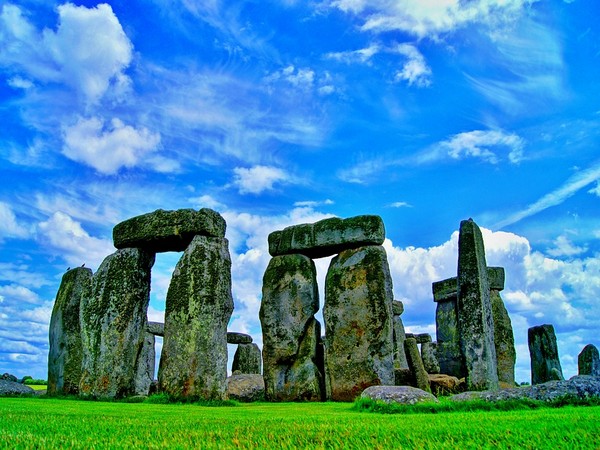Scientists now know precisely where some of the massive rocks used to build Stonehenge came from and how they were unearthed five thousand years ago.

A team of 12 geologists and archaeologists from across UK unveiled research that traces some of the prehistoric monuments’ smaller stones to two quarries in western Wales, reported CNN.
They further found evidence of prehistoric tools, stone wedges and digging activity in those quarries, tracing them to around 3000 BC, the era when Stonehenge’s first stage was constructed.
Humans moved the stones: Researchers
According to researchers, it is sure that humans were involved in moving these “bluestones” to where they sit today, a full 150 miles away, the researchers say.
Speaking about it, Archeology Professor Joshua Pollard told CNN, “It finally puts to rest long-standing arguments over whether the bluestones were moved by human agency or by glacial action.”
Pollard, a lead researcher in the study, said the team since 2010 has been busy analysing samples from Stonehenge and trying to match them to rocks in the Preseli Hills of Wales.
“That is hard work,” he said. “Research of this kind takes time.”
Geologists crushed hundreds of rock samples into powder and then they did in-depth chemical tests involving X-rays and analyzed the age of crystals using zircon chemistry.
Geologist Richard Bevins said, “What is exciting from the geological point of view is that we are using a combination of standard (microscopes) and modern analytical tools.”
While scientists have long known the stones came from the Preseli Hills, the new research helps disprove claims about the original rock locations made in 1923 by famous British geologist H.H. Thomas.
The correct quarries, called Carn Goedog and Craig Rhos-y-felin, are on the north side of the hills opposite their long-suspected location, the new findings indicate.
As the rocks are from the north side of Preseli Hills, the researchers think it’s more likely the massive stones were dragged over land from Wales to England, rather than transported on river tributaries located near the south side.
It’s also possible the rocks were first used to build a stone circle in the local area before being paraded to the Salisbury plains, according to the article in the journal, Antiquity.
Source: ANI
Stay tuned for more updates!







